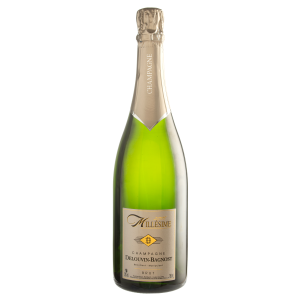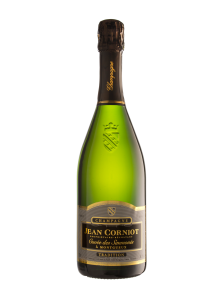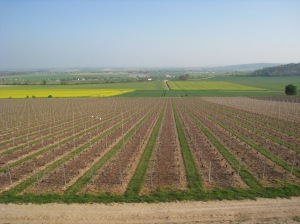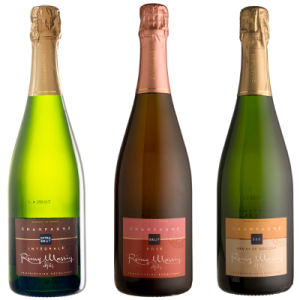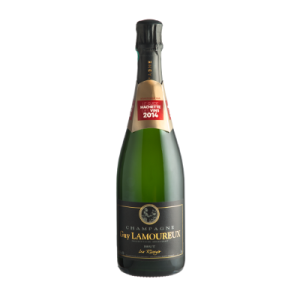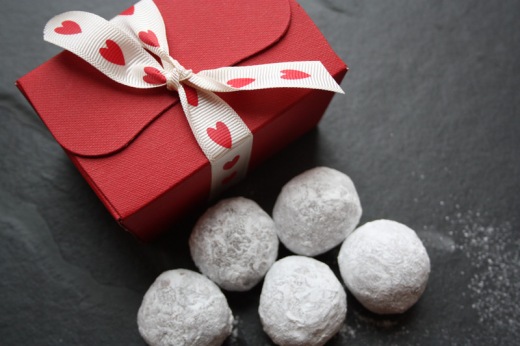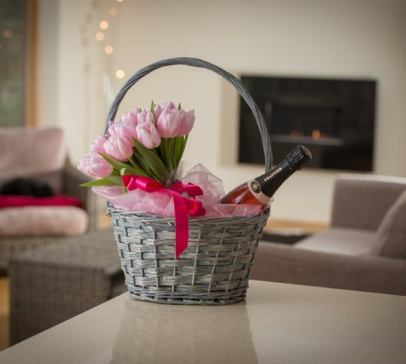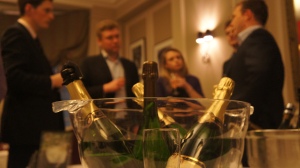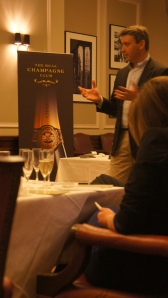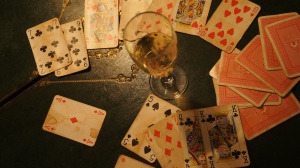For our final tasting of 2015, we are going all out to get our champagne fans’ taste buds raring to go for the festive season.
We will be hosting our very first blind tasting, something we have been looking to do for a while, but there are so many interesting champagnes and themes to cover we just haven’t had the chance.
So, what is involved in a blind tasting?? Well, we will be launching our three new seasonal champagnes as usual, but this time putting them up against three champagnes from well known vineyards – grandes marques. And not just any brands – we are comparing champagnes where the small, independent growers featured sell a portion of their grapes to the larger houses. Why? Because we want to explore the relationship between the growers and the merchant houses and if there are any similarities in the champagnes.
Until the Second World War, all growers used to sell their grapes to the merchant houses and that was their sole income. But as margins became squeezed, the grape growers became disgruntled and felt they weren’t getting a fair share of the pie. So, they decided to keep some of their grapes back, often the “premiere cuvee” or first pressing (best quality) and make their own champagnes sold under their own brand.
Obviously their resources in terms of marketing and production are far more limited compared to the merchant houses, but this is what we find so delightful about the growers – how they can make such diverse champagnes and win international awards with their limited resources.
Gradually, many are loosening the shackles of the merchant houses and selling fewer and fewer grapes, with a view to becoming completely independent.
At our next tasting, we will welcome one of the growers, who currently works with a merchant house, but who hopes to retain 100% of their yield within the next few years.
So this is an amazing opportunity to discover a different aspect of champagne production, one that has been relatively unexplored by retailers to date.
In a change to our usual timings, this tasting will be held on a Saturday afternoon (21st November), so there is no rush after work – it will kick off at 1.30pm, just in time for lunch, with the first set of champagnes. Guests will enjoy half a glass of the grower and grande marque champagnes and will deliberate between the two before we reveal which is which. Each set of champagnes will be accompanied with a selection of nibbles!
With each champagne, we will provide more information about the producers, as well as the wines themselves. And for those who like a bit of competition, there will be prizes available for those who can correctly guess which is the grower/grande marque champagne and a bonus point for those who can identify the grande marque house.
After all three sets of champagne have been enjoyed, guests will then be invited to sample other champagnes from our range, which we believe would be excellent for the Christmas period and beyond. You can find out more about the tasting here.
We do hope to see you there!

